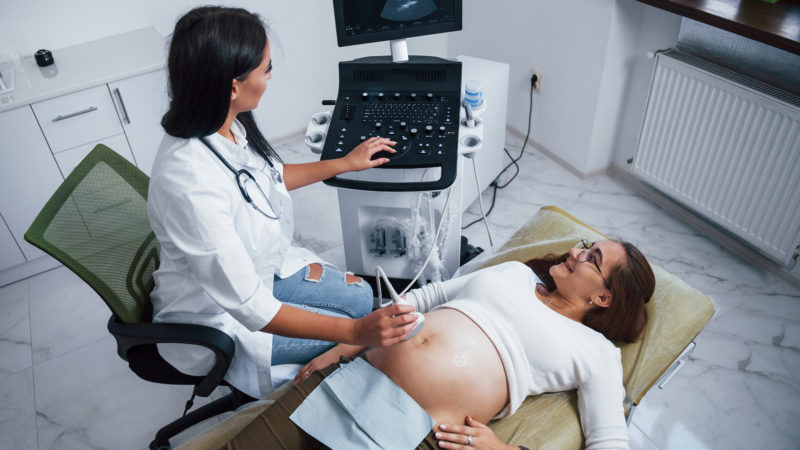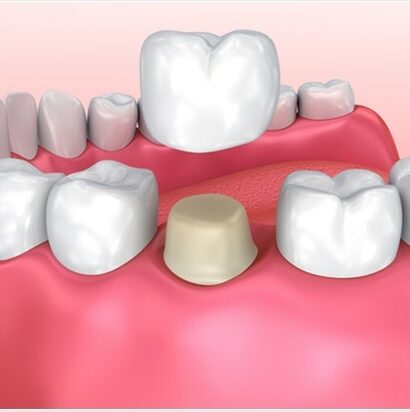The anomaly scan is also known as TIFFA scan (Targeted Imaging for Fetal Anomalies) or Level 2 Ultrasound in Pregnancy. This scan is important to be done during the second trimester (between 18 and 20 weeks of pregnancy). With this scan, you will get a close look at your uterus(womb) and baby.
The key reason behind this scan is to determine the development of the baby and find where the placenta is located.
Catching the glimpse of your baby on the screen is the best moment. You can take your husband or any other family member along with you for a good experience. Before making a visit, book an appointment and ensure how many individuals are allowed.
The Need for anAnomaly Scan
In the mid of your pregnancy, several important organs have already developed. Because of this many pregnant women have this ultrasound test so that if any problem is found, the essential precautions have to be taken.
Your doctor will checkevery one of your baby’s organs and note measurements. The scan can:
- show the proper development of your baby and monitor fetal movements
- ensure your baby’s internal organs are growing well
- find out severalbirth defects in your baby
- evaluate the amount of amniotic fluid
- determine the placenta position and umbilical cord
- determine the markers of chromosomal abnormalities
- determine your cervix and evaluate the birth canal
The Procedure of Anomaly Scan
The doctor will tell you to rest on the examination table. Then, she will apply the gel to your uncovered belly and moves the transducer over it to get pictures of your child. The transducer releases sound waves that bounce off your baby’s organs, pictures are developed on a computer screen.
The radiologist will strive to capture various views of your baby from multiple angles from head to toe, to collect a good amount of information. When she obtains a clear image of your body parts or baby’s organs, she will note measurements.
Information About Your Baby After Anomaly Scan
During anomaly scan, the image you will see on the screen includes baby’s hands, and face at 20 weeks, and makes you think what you will be able to view at this scan.
Your doctor will observe all your baby’s organs and note down measurements. She will study:
- The structure and share of your baby’s head as well asthe brain. Through this, several problems related to the brain, which happen quite often, are visible.
- Your baby’s face, to monitor a cleft lip. Cleft palates within a baby’s mouth are tough to viewand are not frequently picked up.
- Your baby’s spine, both along its length as well as in cross-section. This scan is done to ensure every one ofyour bones align and that the skin covers the spine at the back.
- Your baby’s abdominal wall, to ensure it covers every one of your internal organs at the front.
- Your baby’s heart. The top two chambers (atria) as well as the bottom two chambers (ventricles) must be the same in size. The valves must open and close with every heartbeat. Also, the doctor will check the main arteries and veins that take blood from one point to your baby’s heart.
- Your baby’s stomach. Your baby gulps a few of the amniotic fluid that he lies in, which is viewed in his belly as a black bubble.
- Your baby’s kidneys. The doctor will determine that the baby has two kidneys, and the urine is flowing easily into his bladder. Your baby’s bladder has nothing, it must fill up amid the scan as well as be easy to view. You baby has been flowing urine every hour or so for a few months now!
- Your baby’s hands, feet, legs, and arms. The doctor will monitor your baby’s fingers as well as toes.
Anomalies Seen in a TIFFA Scan
Ultrasound radiologist looks for several conditions from head to toe. A few conditions are curable when your baby is born. There are fewer chances the condition may be severe that a baby can’t live.
If the condition is curable, it will assist the doctor to collect information in advance, so she can ensure your baby is under observation once he’s born.
A few conditions are easy to notice than others, and a few are tough to see at all. Conditions like heart defects as well as bowel obstructions, may not be viewed until later in your pregnancy.
The anomaly scan is the best to have to find out about such conditions, as by far most babies are born healthy.
Need more Scans in the Second Trimester
This completely depends on your health and the growth of your baby. You doctor may require you to have some scans amid your second trimester if:
- You are giving birth to twins or more.
- Your anomaly scan displayed alow-lying placenta.
- You’ve had bleeding or spotting from the vagina.
- The anomaly scan disclosedpregnancy-related issues that have to be monitored.
- You have a severe medical condition likehigh blood pressure or diabetes.
- You have a history of late miscarriage or premature labour.
Most importantly, find the right center for an Ultrasound in Gurgaon which is hygienic and the radiologist has good experience in performing any ultrasound.













